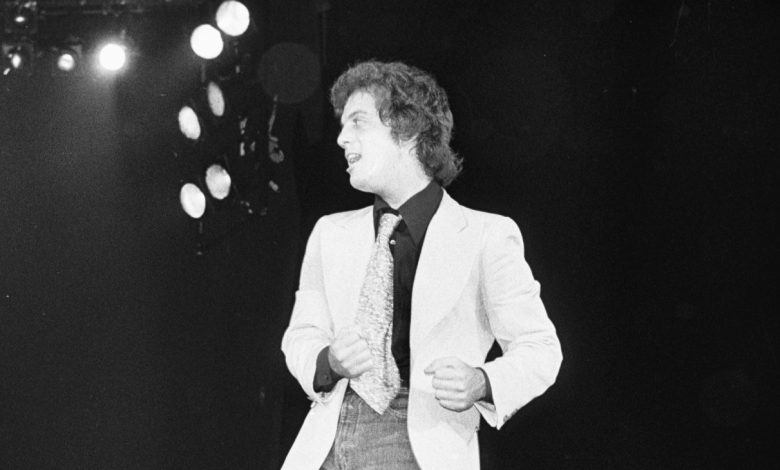Billy Joel Documentary Set to Kick Off the 2025 Tribeca Festival with a World Premiere Celebration

The 2025 Tribeca Festival is poised to kick off with the world premiere of *Billy Joel: And So It Goes*, a compelling two-part HBO documentary.
This documentary delves into Joel’s life and music, exploring how his experiences of love, loss, and personal struggles have impacted his songwriting. It features never-before-seen performances, home movies, personal photographs, and exclusive interviews.
The opening night event for the Tribeca Festival will be held on Wednesday, June 4, at New York’s Beacon Theatre.
“For nearly 25 years, the Tribeca Festival has celebrated the artists who give New York its heart and soul. On the opening night of the 2025 Festival, we are thrilled to honor Billy Joel—an artist who embodies that very spirit,” said Jane Rosenthal, festival and Tribeca Enterprises co-founder and CEO, during her announcement at the NAB Show’s Business of Entertainment event. “Paying tribute to the legendary performer who captured the essence of a ‘New York State of Mind’ is a perfect way to kick off this year’s celebration of creativity and inspiration.”
Director and producer Susan Lacy expressed her excitement, stating, “My co-director, Jessica Levin, and I couldn’t be more thrilled about our film *Billy Joel: And So It Goes* opening the esteemed Tribeca Festival. We extend our gratitude to Jane Rosenthal and the Festival team, as well as to HBO and the wonderful folks there who have supported us throughout our efforts to create an in-depth, honest, and musically expressive portrait of this complex talent. We are deeply appreciative of Billy Joel’s trust in us to bring his story to the screen. There is no better place for this film to premiere than at the Beacon Theatre, a venue that has hosted so many historic musical events over the decades, in a city that is so significant to Billy Joel.”
*Billy Joel: And So It Goes* is directed and produced by Emmy winners Susan Lacy and Jessica Levin. The documentary will air on HBO this summer and will also be available to stream on Max.
The 2025 Tribeca Festival is scheduled to run from June 4-15 in New York, with the complete lineup expected to be announced soon.
Stay tuned for more updates from HiCelebNews, your go-to source for the latest in entertainment!
Related Posts
- Discover the Enigmatic Courtney Salviolo, the Low-Key Girlfriend of 1923 Star Brandon Sklenar
- Melanie Lynskey Reflects on ‘Yellowjackets’ Journey and Pays Tribute to Her Beloved Co-Stars
- Iconic Musicians Neil Young, Joan Baez, and Maggie Rogers to Shine at Bernie Sanders’ Los Angeles Rally
- John Turturro’s Surprising Take on Fans Inking His Image on Their Bodies: “I Really Don’t Want to See That”
- Exploring the Enchantment of the Forbidden City: A Cinematic Journey at the Beijing Film Festival
اRelated Posts:





